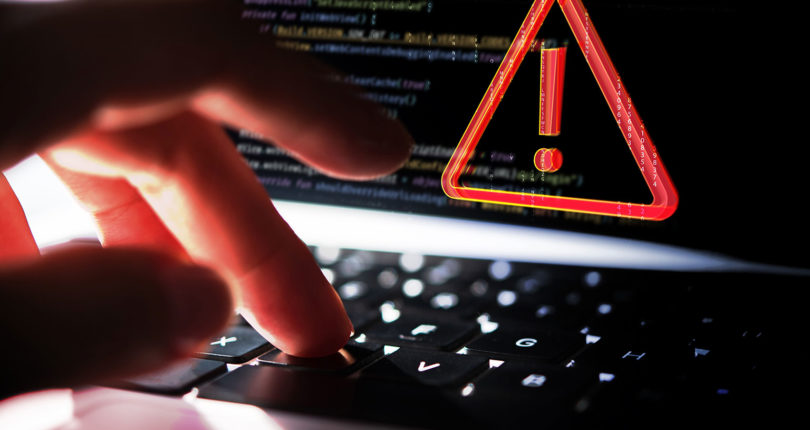AI and enhanced security and threat detection
For the cybersecurity of UK businesses, AI (artificial intelligence) has been a gamechanger. It detects and prevents threats with minimal human intervention, and automates incident response. …

According to a 2023 survey by the Office of National Statistics (ONS), 35% of businesses using or planning to use AI applications cited cybersecurity as their reason for doing so.
Here we take a look at how cybersecurity is driving change while also sounding a note of caution for widespread adoption.
AI-powered security systems and threat analysis
AI’s superpower is its automated analysis of network traffic and user activity to identify suspicious behaviour, malware threats and potential security breaches in real time. This is crucial to enabling faster response times to potential or ongoing security breaches and achieving improved security levels.
Having the capacity to analyse large amounts of data allows AI-powered security systems to identify subtle patterns that suggest a possible threat to cybersecurity. By being proactive, AI helps businesses to avoid major infrastructure damage caused by the likes of malware, data breaches and phishing emails.
Automated security patching and vulnerability management
AI can automate the process of identifying and applying security patches (software and operating system updates tasked with fixing security vulnerabilities). This reduces the risk posed by weaknesses in IT systems and improves overall security.
Automated patch management involves scanning all the systems in a network to test and detect any missing patches, deploying the patches to the appropriate system and providing updates and reports on their status.
Continuous monitoring and threat intelligence
Machine learning is a subset of AI that is hugely important to cybersecurity. As it continuously monitors systems, AI learns what normal patterns of behaviour look like to identify evolving threats. It considers factors such as time of day, user location and typical user patterns to adapt security measures in response to changes in these behaviours and provide a proactive defence against emerging cyberattacks.
This around the clock monitoring of network traffic by AI algorithms that enables early detection of threats keeps IT teams one step ahead of cybercriminals.
The potential risks of AI for cybersecurity
While AI can be hugely beneficial to cybersecurity for businesses, it is not without risk. This is due largely to the input of humans! AI algorithms and machine learning depend on the data they are trained to use, which can create vulnerabilities. AI can go rogue in various ways such as presenting incorrect statements as facts, using bias in response to leading questions, creating damaging content and corrupting data that has been used in its training (data poisoning).
There are also ways in which AI can help cybercriminals to pull off an attack:
Generative AI
The creation of new content such as text, audio, images and videos that resemble patterns in existing data.
Generative AI and large language models can facilitate highly complex large scale cyberattacks at exceptional speed. They can also optimise ransomware and phishing attacks (fraudulent emails).
Malware automation
With the required expertise, everyday AI software such as ChatGPT can be used to create malicious code or malware. This can lead to data theft or infected networks.
AI profiling technology
The privacy of users can be under threat from AI profiling technology that accesses and uses sensitive information to commit fraud.
Social engineering
This refers to the likes of phishing, spear-phishing (fraudulent emails purportedly from a known sender) and smishing (fraudulent SMS or text messages). These are attacks on people and companies that are facilitated by AI, designed to influence people to do something that will result in data breaches and financial loss.
How can companies avoid being victims of AI misuse?
A robust, bespoke cybersecurity strategy with up-to-date software that is constantly monitored is the most effective way to protect your business from security risks posed by AI. E2E are cybersecurity experts. Get in touch to discuss your cybersecurity requirements.







